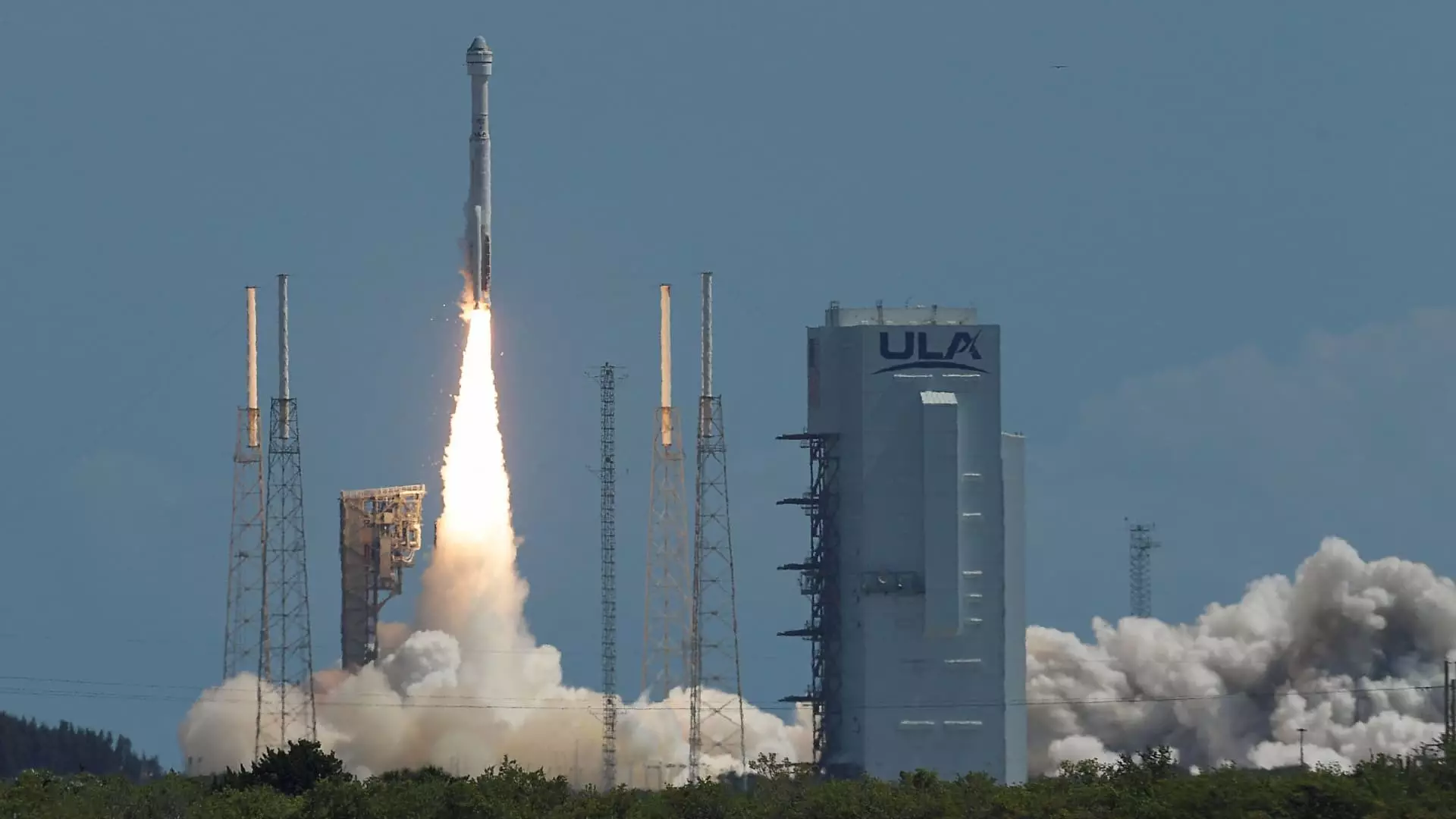Boeing’s much-anticipated Starliner spacecraft took flight on Wednesday, marking a significant moment in space exploration. The launch, which saw two NASA astronauts onboard, took place from Cape Canaveral, Florida. Starliner was launched using United Launch Alliance’s Atlas V rocket, with a destination set for the International Space Station. Following a flawless release of the Starliner capsule in orbit, the spacecraft embarked on a planned journey that would test its capabilities of transporting astronauts to and from the ISS.
Despite the successful launch, Boeing’s Starliner project has faced numerous setbacks and challenges over the years. Delays in the spacecraft’s development have resulted in significant financial losses for Boeing, with the company reportedly spending $1.5 billion due to Starliner setbacks. Additionally, the spacecraft has received nearly $5 billion in NASA development funds. Originally intended to be a competitor to SpaceX’s Dragon capsule, Starliner has gradually fallen behind, with SpaceX taking the lead in transporting astronauts for NASA under the Commercial Crew program.
The journey towards the launch of Starliner was fraught with technical issues and delays. A helium leak in the spacecraft, detected between two previous launch attempts, raised concerns about the system’s reliability. However, after extensive analysis, NASA and Boeing determined that the leak was stable and did not pose a safety risk. Despite these assurances, the technical challenges faced by Starliner have underscored the complexity of developing spacecraft for manned missions to space.
Boeing is under contract to conduct six operational missions to the ISS using Starliner. However, the setbacks and delays in the spacecraft’s development have led NASA to reassign astronauts from initial crew flights, shifting Starliner into a backup position. The successful launch of Starliner on Wednesday represents a step forward for the spacecraft, but it remains to be seen how it will fare in comparison to SpaceX’s Dragon capsule, which has been operating successfully since 2020.
The crew onboard Starliner for this mission includes SpaceX President and Chief Operating Officer Gwynne Shotwell, as well as astronauts Butch Wilmore and Suni Williams. Wilmore, a former U.S. Navy pilot, has extensive experience in spaceflight, having previously flown on the Space Shuttle and Russia’s Soyuz. Williams, also a Navy pilot before joining NASA, brings valuable expertise to the mission. Their presence on this crucial test flight demonstrates the importance of collaboration between government agencies and private companies in advancing space exploration.
Boeing’s Starliner launch represents a significant achievement in the field of aerospace technology. Despite the challenges and setbacks faced by the spacecraft, the successful deployment of Starliner marks a milestone in NASA’s efforts to utilize commercial partnerships for manned space missions. As Starliner continues its journey to the International Space Station, the outcomes of this mission will provide valuable insights into the future of space exploration and the role of private companies in advancing human presence beyond Earth’s orbit.

